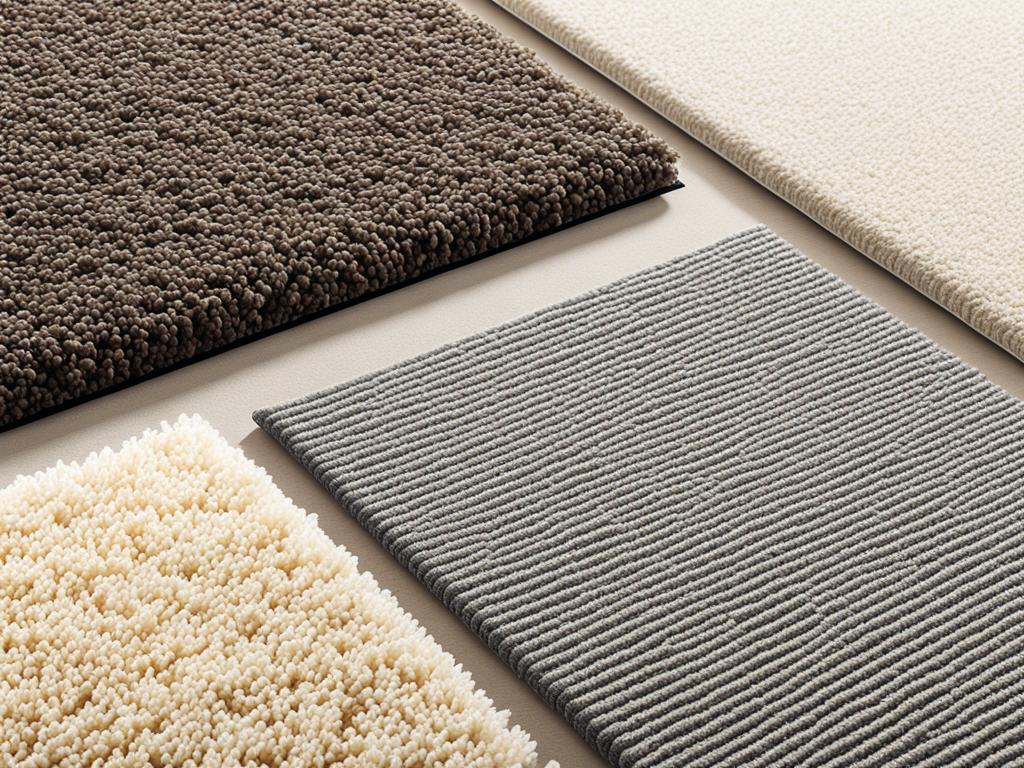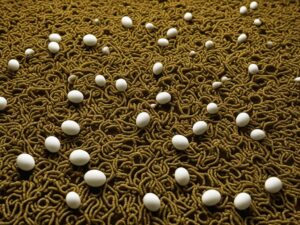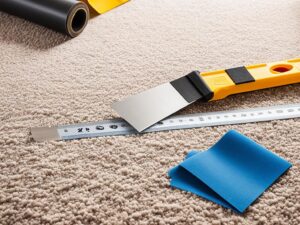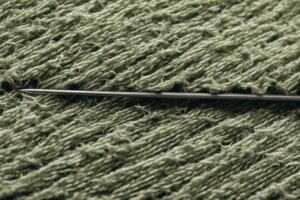When it comes to carpet costs, the sticker price is just the beginning. To truly understand the expenses involved, it’s important to consider the factors that drive up the cost of carpeting. From hidden expenses like installation, maintenance, and disposal to the materials used and the quality of construction, there are various elements that contribute to the overall price tag.
By delving deeper into these factors, you can gain a better understanding of why carpet can be so expensive. In this article, we will explore the key factors that affect carpet pricing, delve into the materials that drive up costs, and provide insights into the types and styles of carpets that come with different price ranges. So, let’s dive in and uncover the secrets behind high carpet costs!
Key Takeaways:
- Carpet costs go beyond the initial purchase price and include expenses like installation, maintenance, and disposal.
- A life-cycle cost analysis (LCA) can help assess the true expense of carpeting over time.
- Factors such as material, construction, origin, size, and production ethics impact carpet prices.
- Natural materials like wool and silk tend to be more expensive than synthetic options.
- Different carpet types and styles come with varying price ranges.
Factors Affecting Carpet Prices
When it comes to carpet prices, several factors come into play. Understanding these factors can help you make an informed decision and find the right carpet that fits your budget and needs.
Material
The type of material used in the carpet greatly impacts its cost. Natural materials like wool and silk tend to be more expensive due to their strength and durability. These materials are known for their luxurious feel and ability to retain color and pattern over time.
Quality and Durability
The quality of the carpet is also a significant factor in determining its price. Higher quality carpets can withstand heavy foot traffic and maintain their appearance for a longer time. Carpets with better color retention and pattern clarity may be priced higher due to their superior quality.
Construction Methods
The construction method of a carpet plays a crucial role in both its price and durability. Hand-knotted rugs, crafted by skilled artisans, are considered the most expensive and durable. Machine-made rugs, on the other hand, are more affordable but may not have the same level of durability.
Country of Origin
The country of origin can influence the price of a carpet. Carpets produced in countries with a long history of rug-making, such as Persia or Turkey, often have higher prices due to the craftsmanship and expertise involved.
Rug Size
The size of the rug is another factor that affects its price. Generally, larger rugs tend to be more expensive compared to smaller ones. This is because larger rugs require more materials and take more time to create.
Production Ethics
Production ethics, including fair wages and treatment of laborers, can contribute to higher prices for ethically produced rugs. Ethically sourced materials and responsible manufacturing practices may impact the price of a carpet.
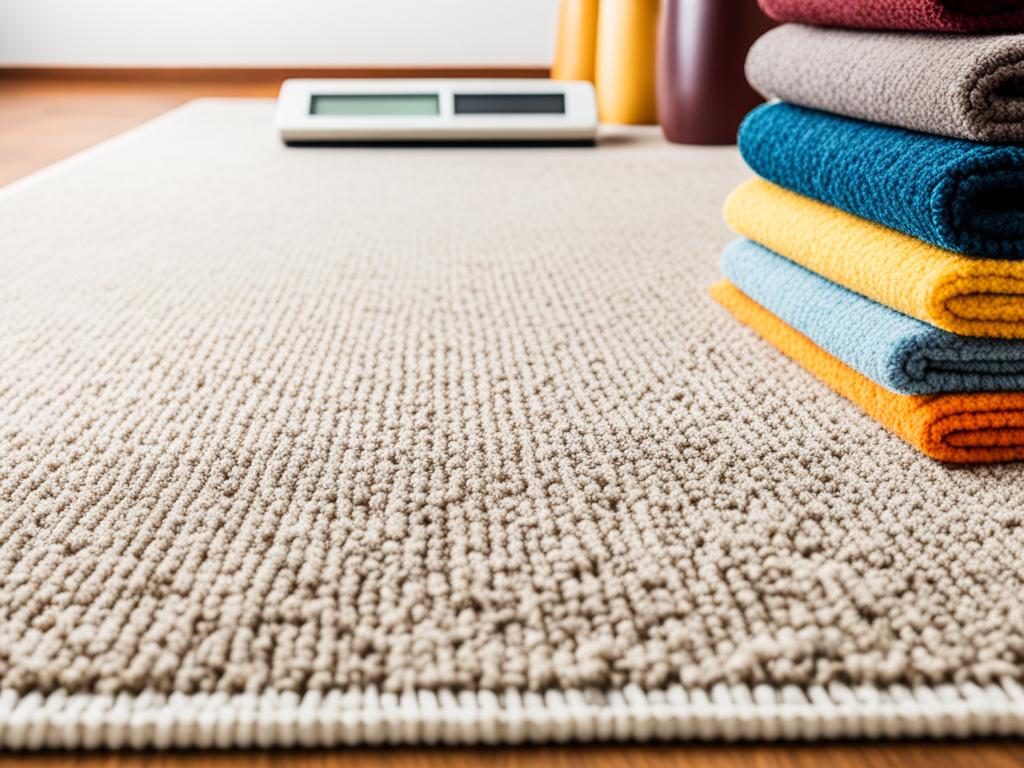
Understanding these factors can help you navigate the world of carpet prices and make a decision that aligns with your preferences and budget.
Understanding Carpet Materials and Costs
The choice of carpet material plays a significant role in determining the cost of carpets. Different carpet materials come with varying price tags, allowing buyers to select an option that suits their budget and requirements.
Let’s take a closer look at the different carpet materials and their associated prices:
| Carpet Material | Price Range (per square foot) |
|---|---|
| Olefin | $1 |
| Nylon | $2 |
| Acrylic | $4 |
| Polyester | $2.50 |
| Wool | $10 |
As shown in the table above, Olefin carpet is the most affordable option, priced at an average of $1 per square foot. Nylon carpet falls in the mid-range, costing around $2 per square foot. Acrylic carpet, known for its durability and softness, is priced at an average of $4 per square foot. Polyester carpet is another popular choice, with a price range of around $2.50 per square foot.
On the other end of the price spectrum, wool carpet stands as the most expensive option, costing approximately $10 per square foot. The natural strength and luxurious feel of wool contribute to its higher price tag. It’s important to note that the price of silk carpet can vary greatly depending on the quality and craftsmanship involved.
For those on a tighter budget, synthetic carpets made from materials such as nylon or polyester are more affordable alternatives to natural materials like wool and silk.
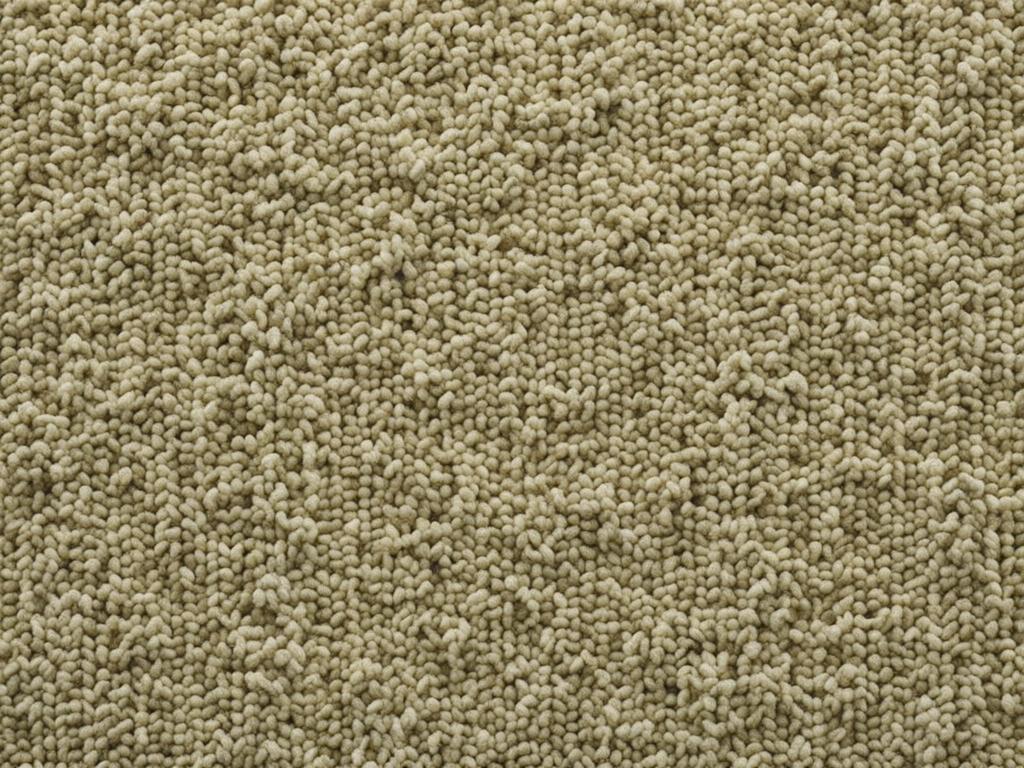
Types and Styles of Carpets
When it comes to choosing carpets, there are various types and styles available, each with their own unique characteristics and price ranges.
Saxony Carpets:
Saxony carpets feature high, cut piles with flares at the ends. They offer a luxurious and plush feel underfoot and come in a range of colors and patterns. The price of Saxony carpets typically ranges from $1.7 to $2.5 per square foot.
Plush Carpets:
Plush carpets have low cut piles, which give them a soft and velvety texture. They are known for their twist resistance and durability. Plush carpets are in a similar price range as Saxony carpets, ranging from $1.7 to $2.5 per square foot.
Textured Saxony Carpets:
Textured saxony carpets combine high, cut piles with heavy textures. This combination creates a unique visual appeal, making them an excellent choice for adding dimension to a room. The price range for textured saxony carpets is also around $1.7 to $2.5 per square foot.
Multi-Level Loop Carpets:
Multi-level loop carpets feature more than one level of loops, which gives them a finely sculpted appearance. These carpets are durable and resistant to wear, making them suitable for high-traffic areas. The price range for multi-level loop carpets is around $1.7 to $2.5 per square foot.
Berber Carpets:
Berber carpets are known for their earthy shades and textured designs. They are made from looped fibers, providing a unique and cozy look. Berber carpets are also in the price range of $1.7 to $2.5 per square foot.
Fireze Carpets:
Fireze carpets are made with hard twisted fibers that create a textured finish. These carpets are both durable and visually appealing, making them suitable for various rooms. The price range for Fireze carpets is slightly higher, ranging from $2.8 to $5 per square foot.
Shag Carpets:
Shag carpets have long tufts and open spaces, creating a luxurious and comfortable feel. These carpets add warmth and depth to any room. Shag carpets are available in various price ranges, depending on the quality and materials used.
Cable Carpets:
Cable carpets are known for their soft and comfy feel. They offer good resistance in high-traffic areas, making them a practical choice for busy households. Cable carpets are available in a range of prices, depending on the brand and quality.
Level Loop Carpets:
Level loop carpets have uniform and tight loops that create a durable and resistant surface. They are commonly used in commercial spaces due to their ability to withstand heavy foot traffic. The price range for level loop carpets is generally around $2.8 to $5 per square foot.
Velvet Carpets:
Velvet carpets have low cut piles and minimal twists, giving them a smooth and luxurious appearance. They are soft to the touch and add elegance to any room. The price range for velvet carpets can vary depending on the brand and quality.
Cut and Loop Carpets:
Cut and loop carpets feature a combination of cut piles and decorative loops. This creates unique patterns and designs, making them a popular choice for adding visual interest to a space. The price range for cut and loop carpets is generally around $2.8 to $5 per square foot.
| Carpet Type/Style | Characteristics | Price Range (per square foot) |
|---|---|---|
| Saxony Carpets | High, cut piles with flares | $1.7 – $2.5 |
| Plush Carpets | Low cut piles with twist resistance | $1.7 – $2.5 |
| Textured Saxony Carpets | High, cut piles with heavy textures | $1.7 – $2.5 |
| Multi-Level Loop Carpets | More than one level of loops | $1.7 – $2.5 |
| Berber Carpets | Earthy shades and textured designs | $1.7 – $2.5 |
| Fireze Carpets | Textured finish with hard twisted fibers | $2.8 – $5 |
| Shag Carpets | Long tufts and open spaces | Varies |
| Cable Carpets | Soft and comfy with high resistance | Varies |
| Level Loop Carpets | Uniform and tight loops | $2.8 – $5 |
| Velvet Carpets | Low cut piles with minimal twists | Varies |
| Cut and Loop Carpets | Cut piles with decorative loops | $2.8 – $5 |
Why Are Rugs So Expensive?
When it comes to rugs, their price can often leave customers wondering why they are so expensive. There are several factors that contribute to the higher costs associated with high-quality rugs.
- Rug Material Impact on Price: The materials used in the production of rugs play a significant role in determining their price. High-quality rugs are often crafted from natural materials such as wool or silk, which are known for their durability and longevity. These natural fibers are more costly compared to synthetic materials, but they offer superior quality and can retain their color and pattern over time.
- Construction Methods: The construction method used in making rugs can also influence their price. Hand-knotted rugs, meticulously crafted by skilled artisans, are considered the most expensive and durable. These rugs are made by tying each individual knot by hand, resulting in intricate designs and exceptional quality. Machine-made rugs, on the other hand, are more affordable but tend to be less durable.
- Country of Origin: The country of origin of a rug can impact its price. Rugs produced in countries with a rich tradition and history of rug-making, such as Persia (Iran), Turkey, or India, are often highly valued and come with a higher price tag. This is because these regions have perfected their rug-making techniques over generations, resulting in exquisite craftsmanship.
- Rug Size: The size of a rug is another factor that affects its cost. Generally, larger rugs tend to be more expensive due to the higher amount of material required for their production. Additionally, larger rugs often take more time and effort to create.
- Production Ethics: Ethical considerations can also contribute to the higher prices of some rugs. When rugs are produced with fair wages, safe working conditions, and proper treatment of laborers, their prices may reflect the higher production costs associated with maintaining ethical standards. These ethically produced rugs help support sustainable and responsible practices in the industry.
By understanding these factors – the impact of rug material, construction methods, country of origin, rug size, and production ethics – it becomes clearer why some rugs are more expensive compared to others. The use of high-quality natural materials, intricate hand-knotted construction, and ethical sourcing contribute to the exceptional value of these rugs.
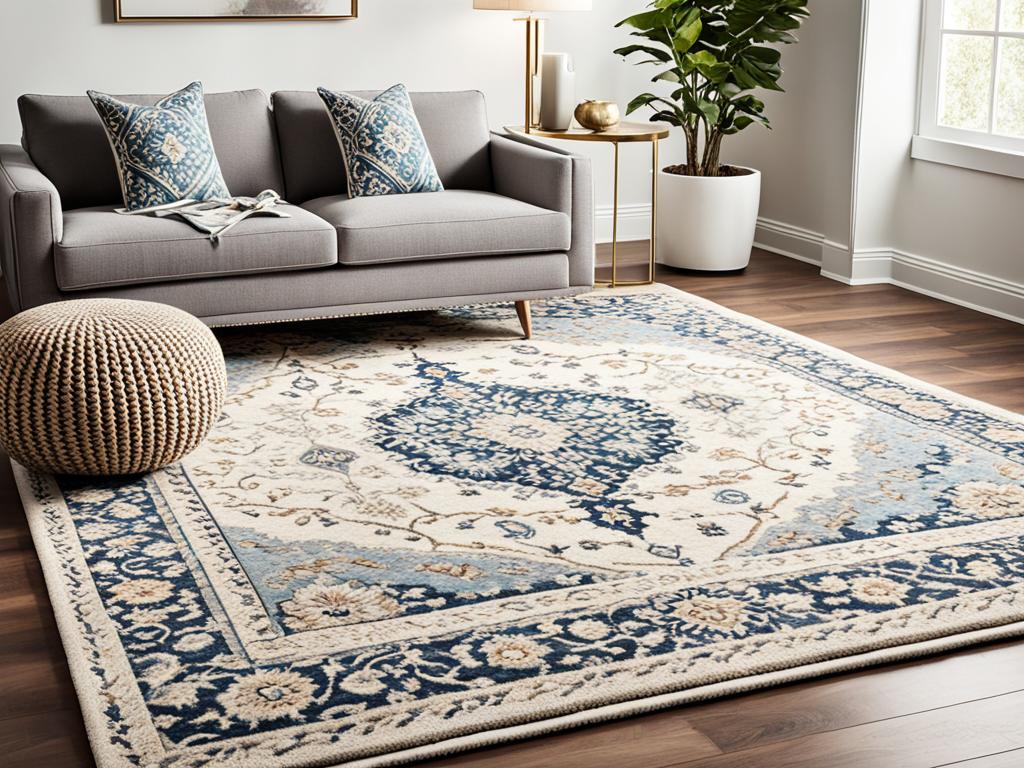
Conclusion
In summary, the cost of carpet is influenced by various factors that go beyond the initial purchase price. Understanding the hidden costs associated with installation, cleaning, and maintenance expenses is crucial in accurately assessing the total cost of ownership. By conducting a life-cycle cost analysis, facilities managers can determine the long-term expenses of carpeting and make informed decisions.
Factors such as the material used, construction method, country of origin, rug size, and production ethics all play a role in determining carpet prices. Natural materials like wool and silk tend to be more expensive due to their durability and quality, while synthetic materials offer a more affordable option. Different construction methods and country of origin can also impact the price, with hand-knotted rugs and rugs from countries with a rich rug-making history often costing more.
When making a decision, it is important to evaluate the value of the materials, construction, and ethics. By considering these factors, individuals can better understand why carpets can be expensive and choose a high-quality carpet that aligns with their budget and needs.
